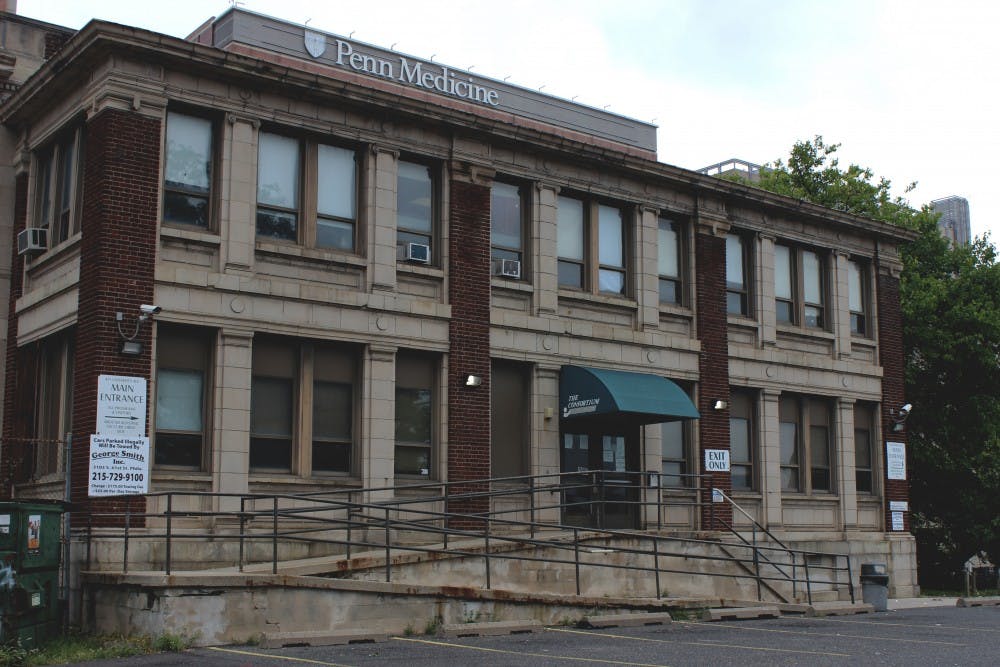Though the methadone clinic located near campus has existed since 1967, many students and staff are entirely unaware of its presence. Despite the Penn community's lack of knowledge of the clinic, many of those being treated are sensitive to the community's reaction to them.
Upon returning from deployment during the Vietnam War, U.S. Marine Corps veteran Charles Wilson found himself in a tougher spot than he had been in all his time in the jungles of Khe San. Suffering from debilitating back pain, Wilson was unable to find work and could not afford the medications prescribed to him. Eventually he turned to opium in order to alleviate both his pain and the symptoms of his withdrawal.
Stories like these are all too common in the world of addiction treatment, and those faced with the task of providing treatment and recovery pathways often find themselves, like Charles, caught between a rock and a hard place.
Nestled between Penn’s state-of-the-art Lynch Labs and Biomedical Research Building lies The Consortium, which offers a medication-assisted opiate treatment program “to assist narcotic dependent persons in eliminating their use of heroin, modifying the behaviors related to its use, and providing a treatment experience that assists them in making decisions that support a healthy and productive lifestyle,” according to The Consortium´s website.
The placement of a social services and drug treatment center so close to a college campus sets up some obvious tensions for both the addicts who seek help there and law enforcement who monitor the area and keep students safe. Those who visit the Consortium must face the harrowing task of traversing an Ivy League campus in order to get treatment. Law enforcement must balance student safety with the necessity of rehabilitation.
The stigma felt during the walk from the clinic to public transportation for addicts is sometimes overwhelming, and some of those treated feel judgment from students and staff in the area as a great pressure to “cave” and return to illicit drug use. “The snow was unbearable, and my normal public transit route was down," said Jane Hendrix, a client of The Consortium who was interviewed outside of the treatment center. "I tried asking a few of the students in the area about another route, but they wouldn’t even talk to me. At that point I felt so bad I just wanted to get high, you know?”
Many, if not the majority, of those treated in the program rely on public transportation to get to and from the location. This means that more often than not they need to walk up University Avenue onto campus in order to catch either the buses or trollies that run form the Spruce Street area. A series of ominous warnings against loitering near the building no doubt help expedite their walk to campus.
RELATED:
Students target Phila. homeless with hunger programs
Marijuana decriminalization has minor effects on Phila. colleges









